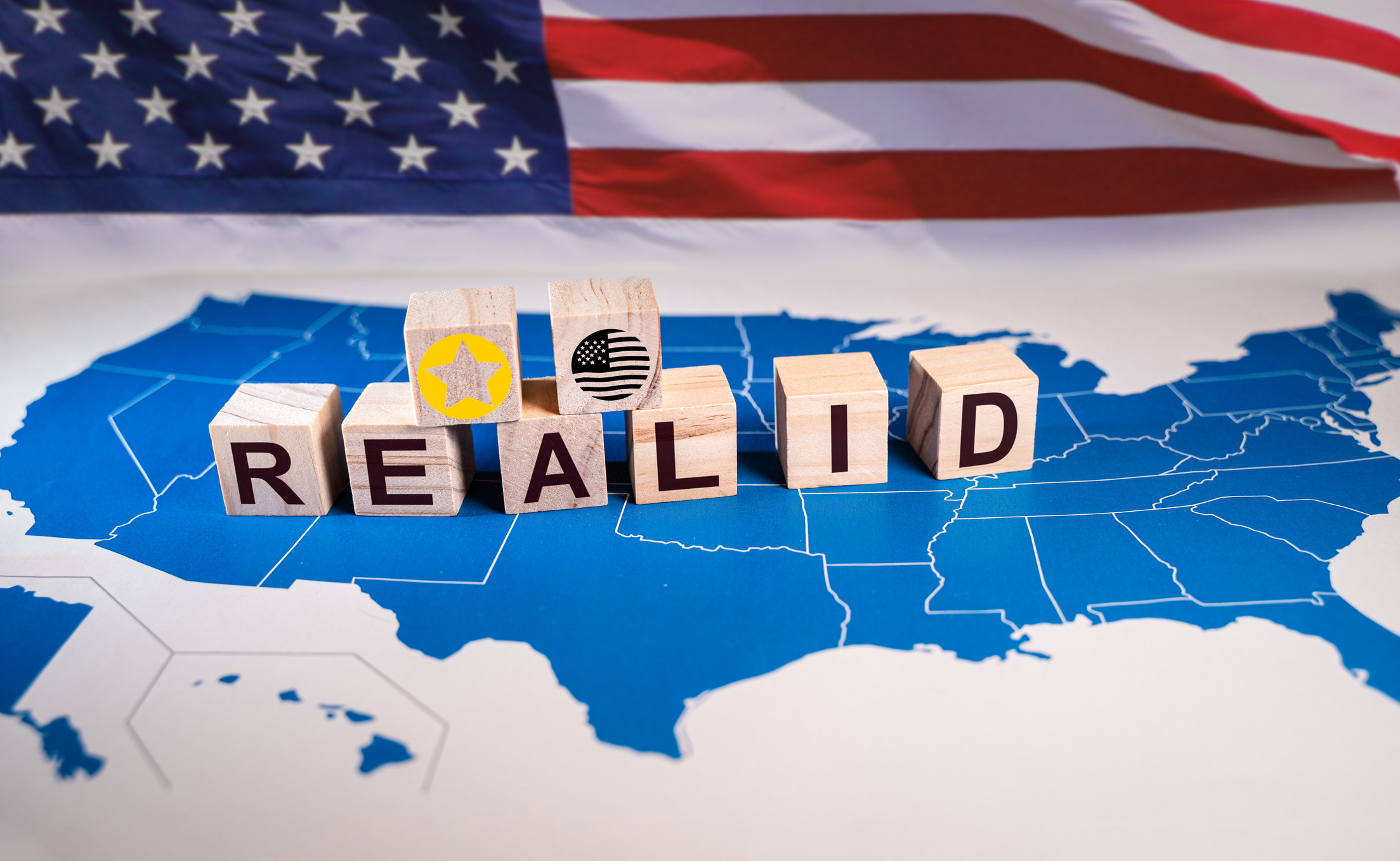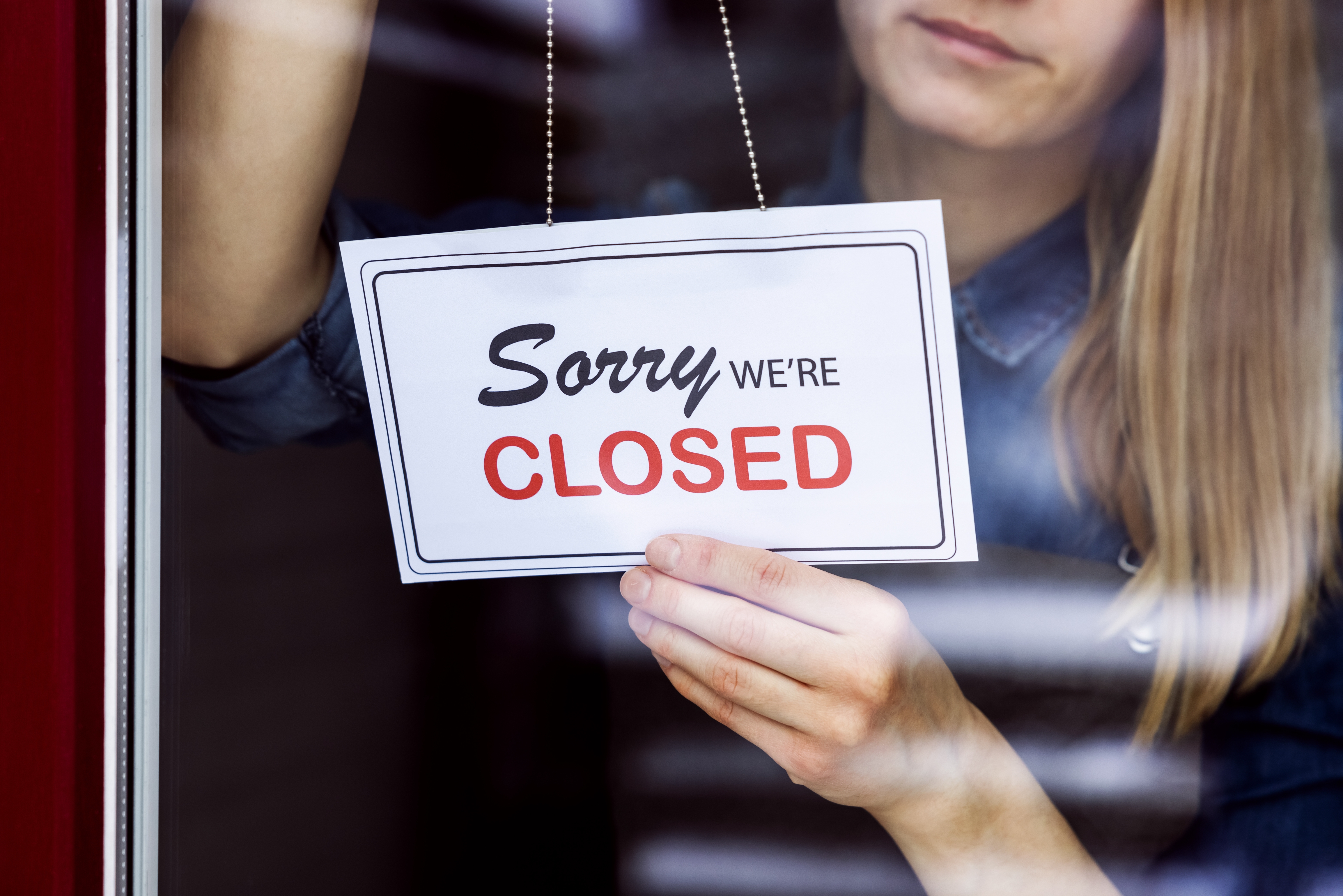Save Money On Utilities With A Home Energy Audit
Want to save on energy bills? With rising energy prices and inflation, now's a great time to check the efficiency of your home.
We spend a sizeable chunk of our incomes on utility bills. Bankrate reports we pay on average $1.644 annually on electricity costs, and $756 on gas.
To maximize savings and increase your comfort, an energy audit — a.k.a., a whole-house assessment —and home retrofit may be in order.
Think of an energy audit as a physical for your home. Are you suffering any of these common symptoms?

Sign up for Kiplinger’s Free E-Newsletters
Profit and prosper with the best of expert advice on investing, taxes, retirement, personal finance and more - straight to your e-mail.
Profit and prosper with the best of expert advice - straight to your e-mail.
- One room is always too cold or hot
- Your house quickly gets dusty
- You suffer from frequent sinus or respiratory problems
- Dank smells rise from the basement or crawl space or smoke from wildfires creeps inside
- In winter, you suffer from drafts
- In summer, your second story feels hotter and more humid than the rest of the house, although your air conditioning runs all the time
- You’ve compared your energy costs with your neighbor’s and yours are much higher for similar homes
Should you get an energy audit?
A whole-house assessment recognizes that each of the components or systems in your home — the exterior shell, insulation, heating and cooling systems, ductwork, and ventilation — work together, and recommends fixes to optimize efficiency and comfort.
Most homes have inefficiencies; correct them and you can cut your energy usage and bills by as much as 25%, according to Home Performance With Energy Star, a national program administered by the U.S. Department of Energy and the U.S. Environmental Protection Agency.
“If you reduce energy cost, you can increase comfort, and vice versa,” says Jonathan Waterworth, a certified energy auditor in Phoenix, Ariz. He says some of his clients cut their energy use by 30%.
What are the benefits of a home energy audit?
An energy audit and recommended improvements have other benefits besides saving money including:
- You can maximize the life of your current heating-and-cooling system, and when those components ultimately fail, you’ll be ready to replace them with higher-efficiency electric ones, such as a super-efficient heat pump
- You’ll reduce your carbon footprint. If you’re thinking about going solar, reducing your home’s energy demand first will allow you to install a smaller, less expensive system
- When you sell your home, proven energy efficiency will appeal to buyers, and they may be willing to pay a premium
How does an energy audit work?
Energy auditors will visually evaluate your home inside and out. Their diagnostic tools include a blower-door test, which measures the draftiness of your home, and thermal infrared scans to locate drafts and missing insulation. They’ll identify problems, prescribe solutions and, after any work is completed, test to ensure it was done properly and the problems have been solved.
As part of this, they might suggest upgrading your home's equipment. This could include installing energy-efficient appliances, LED lighting, smart power strips, or smart thermostats.
Your energy auditor should be trained and certified in a whole-house approach through one of two organizations: The Building Performance Institute sets standards for residential energy auditing and upgrading and certifies the contractors it has trained and tested. Home Performance With Energy Star assists local program sponsors — typically a state energy agency, utility company or nonprofit organization — to train home improvement contractors in the whole-house approach.
Waterworth suggests looking for energy auditors with at least five years of experience. “The more you do, the more things you see and can identify and know how to deal with them in the most beneficial and cost-effective way,” he says.
What does an energy audit cost?
An assessment typically costs $200 to $600, depending on the location, age, size and design of your home, and could take several hours, according to homeguide.com. You can offset the cost of a home energy audit up to 30% (a maximum of $150) with the federal home energy audit tax credit.
Regardless of whether the auditor will perform the assessment only, some of the retrofit work or the whole shebang, they should recommend all of the appropriate improvements and prioritize them by cost-effectiveness, says Larry Zarker, of the Building Performance Institute. If you want to get multiple bids for the work, look for BPI-certified contractors.
Waterworth says the most typical issues he encounters are air leakage in the outer shell of the home, air leakage and resistance to airflow in heating and cooling ductwork, negative air pressure in the home that invites outside air (including polluting particulates) to infiltrate, and poorly installed insulation that doesn’t meet its performance rating (R-value). He says his customers’ typical cost to retrofit is $9,000 to $12,000.
At a starting point for especially budget-conscious homeowners, some utilities provide free “audits,” but they are typically very limited in scope. Or you can try online tools, such as Energy Star’s “Home Energy Yardstick.”
Federal and municipal credits and rebates for efficiency improvements
With massive funding provided to the states by the Inflation Reduction Act, low-to-moderate-income households can get rebates covering 50% to 100% of the cost of installing new high-efficiency, electric appliances, such as induction cooktops or heat-pump clothes dryers.
All households, regardless of income, can take a tax credit that will cover 30% of the cost to install solar panels and battery storage systems, make home improvements to reduce energy leakage (with an annual limit of $1,200), or upgrade HVAC equipment.
For more information, visit DSIRE, “The database of state incentives for renewables and efficiency” searchable by zip code. As an alternative, check the websites of your state’s energy department and local utility providers.
Related Content
Get Kiplinger Today newsletter — free
Profit and prosper with the best of Kiplinger's advice on investing, taxes, retirement, personal finance and much more. Delivered daily. Enter your email in the box and click Sign Me Up.

-
 Tax Day 2025: Don’t Miss These Freebies, Food Deals and Discounts
Tax Day 2025: Don’t Miss These Freebies, Food Deals and DiscountsTax Day You can score some sweet deals on April 15 in some select restaurants like Burger King, Shake Shack, and more.
By Gabriella Cruz-Martínez
-
 Registered Social Security Analyst: The Retirement Professional You Didn’t Know You Needed
Registered Social Security Analyst: The Retirement Professional You Didn’t Know You NeededThe services of a Registered Social Security Analyst (RSSA) are often overlooked. Yet, for those planning for retirement, nearing or already retired, an RSSA can be an invaluable resource.
By Donna LeValley
-
 Should You Hire a Public Adjuster for Your Insurance Claim?
Should You Hire a Public Adjuster for Your Insurance Claim?As natural disasters strike more often, insurance clients are asking, 'What should I do, or who should I hire, if my insurance company is jerking me around?'
By H. Dennis Beaver, Esq.
-
 Sam's Club Plans Aggressive Expansion: Discover Its New Locations
Sam's Club Plans Aggressive Expansion: Discover Its New LocationsSam's Club expansion plans will open up to 15 new stores each year. Learn where they plan to open in 2025.
By Sean Jackson
-
 REAL ID Deadline for Domestic Flights Is Coming — Here’s What to Know
REAL ID Deadline for Domestic Flights Is Coming — Here’s What to KnowWorried about needing a REAL ID soon? Learn more about the requirement, how to get your ID and valid REAL ID alternatives.
By Laura Gariepy
-
 How Baby Boomers and Gen Xers Are Redefining Retirement Living
How Baby Boomers and Gen Xers Are Redefining Retirement LivingBoth generations need to embrace change and leverage real estate as a dynamic asset in their retirement planning. Here's how financial advisers can help, too.
By David Conti, CPRC
-
 Best Places for LGBTQ People to Retire Abroad
Best Places for LGBTQ People to Retire AbroadLGBTQ people can safely retire abroad, but they must know a country’s laws and level of support — going beyond the usual retirement considerations.
By Drew Limsky
-
 6 Luxury Waterfront Homes for Sale Around the US
6 Luxury Waterfront Homes for Sale Around the USFrom private peninsulas to lakes, bayous and beyond, Kiplinger's "Listed" series brings you another selection of dream homes for sale on the waterfront.
By Charlotte Gorbold
-
 How to Get Apple TV Plus for just $2.99
How to Get Apple TV Plus for just $2.99For a limited time, you can get three months of Apple TV Plus for just $2.99 per month. Here’s how to get the deal.
By Rachael Green
-
 Don’t Panic About the “Retail Blackout” – See Which Stores Are Closing (and Which Aren’t) for Easter 2025
Don’t Panic About the “Retail Blackout” – See Which Stores Are Closing (and Which Aren’t) for Easter 2025Dozens of major retailers are planning to close their doors on April 20. Find out which of your go-to stores are on the list.
By Rachael Green
